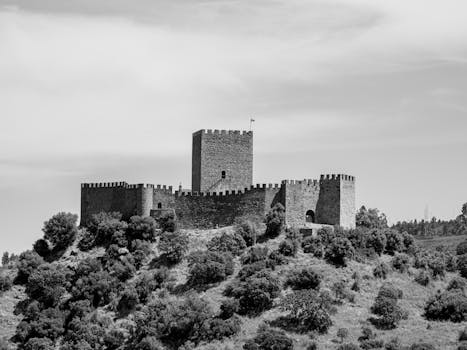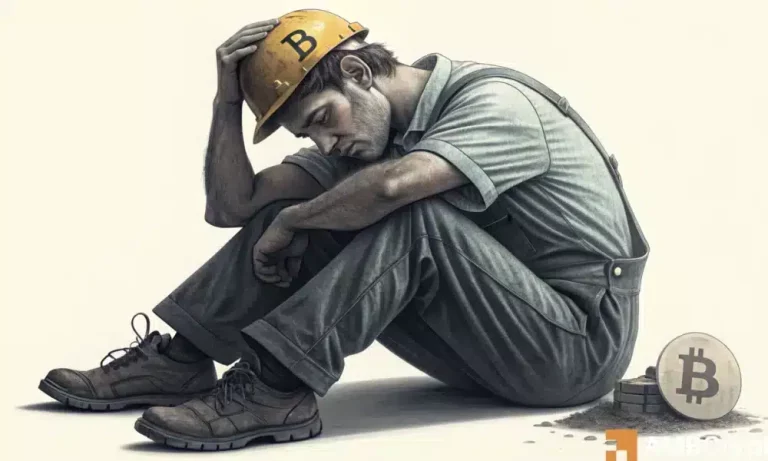
Traveling Through Time: How Europe’s Historical Heritage Shapes Modern Lifestyles in 2025
Traveling Through Time: How Europe’s Historical Heritage Shapes Modern Lifestyles in 2025. Europe, a continent steeped in history and tradition, has a unique ability to blend the old with the new. As we journey through the continent, we find that the past continues to shape the present, influencing modern lifestyles in profound ways. In this article, we’ll delve into the ways in which Europe’s historical heritage shapes modern lifestyles, from the architecture that dominates city skylines to the art, culture, and cuisine that bring people together.
Architecture: A Testament to the Past
One of the most striking aspects of Europe’s historical heritage is its architecture. From the grandeur of Rome’s Colosseum to the intricate details of Barcelona’s Sagrada Familia, each building tells a story of the past. These structures have withstood the test of time, and their influence can be seen in modern buildings and designs. The Gothic cathedrals of France, the Renaissance palaces of Italy, and the medieval castles of Germany all demonstrate the evolution of architectural styles over the centuries.
Art and Culture: A Reflection of Society
Art and culture are integral parts of Europe’s historical heritage, reflecting the society and values of their time. From the masterpieces of Leonardo da Vinci to the works of Vincent van Gogh, European art has played a significant role in shaping modern lifestyles. The Renaissance, which originated in Italy, saw a resurgence of interest in classical Greek and Roman culture, leading to some of the most iconic works of art in history. Today, this cultural heritage continues to inspire artists, writers, and musicians, influencing the way we express ourselves and interact with one another.
Cuisine: A Taste of Tradition
European cuisine is renowned for its diversity and richness, with each country boasting its unique flavors and ingredients. From the pasta dishes of Italy to the seafood of Spain, and from the beer gardens of Germany to the fine wines of France, food and drink play a vital role in bringing people together. The tradition of mealtimes, the art of cooking, and the joy of sharing a meal with others are all deeply rooted in Europe’s historical heritage. As we travel through the continent, we find that modern lifestyles are shaped by the culinary traditions of the past, with many restaurants and chefs drawing inspiration from historical recipes and cooking techniques.
Conclusion
In conclusion, Europe’s historical heritage continues to shape modern lifestyles in profound ways. From the architecture that dominates city skylines to the art, culture, and cuisine that bring people together, the past remains an integral part of our present. As we look to the future, it’s essential to appreciate and preserve this heritage, ensuring that the treasures of Europe’s history continue to inspire and influence generations to come.





